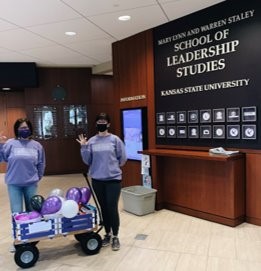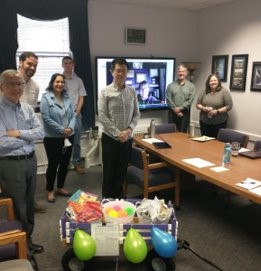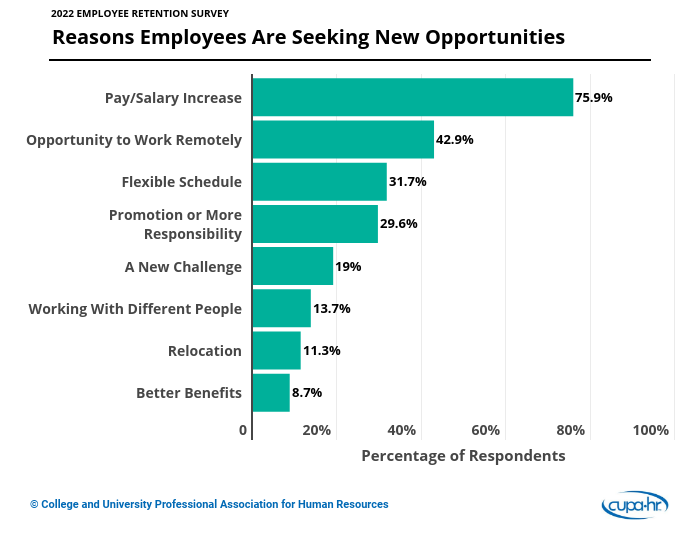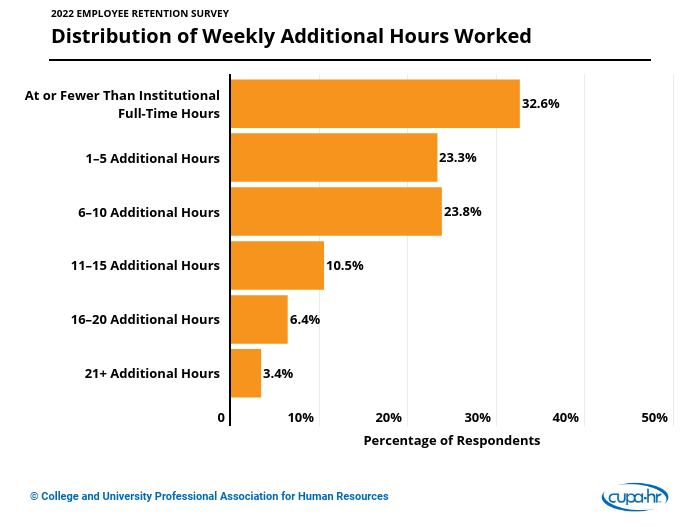by Julie Burrell | March 19, 2025
Navigating budget cuts — especially when it comes to personnel decisions — is one of the most difficult challenges HR professionals can face, both professionally and emotionally.
As payroll is often an institution’s biggest budget line item, it’s often one of the first places to be impacted by cuts. Whether HR is considering instituting hiring freezes or moving toward a reduction in force (RIF), the path forward requires strategic thinking and compassionate implementation.
Here are key takeaways from the CUPA-HR webinar Budget Reductions in Higher Ed: Strategies, Collaboration, Challenges, which detailed how one institution implemented a multi-step cost-reduction program and ultimately achieved $15 million in savings.
Best Practices for Payroll Reductions
Cultivate collaboration between HR and finance. A reduction in force requires a strong partnership between HR and finance. This partnership was brought to life by webinar presenters Shawna Kuether, the associate vice chancellor of human resources at the University of Wisconsin Oshkosh, and Bethany Rusch, now the vice president of finance and administration at Moraine Park Technical College (previously of UWO). For actions like personnel reductions and severance packages, finance focused on cost control and supplying relevant metrics, while HR addressed risk mitigation by identifying legal and compliance implications.
Their advice to HR: If you don’t already have a strong partnership with finance, begin building one now. A working relationship built on mutual respect is not only beneficial when difficult budgetary constraints arise, but also vital to the overall health of your institution.
Meet a tight timeline if necessary. UWO was looking to improve its financial position within one year. That meant HR and finance had three months from the project approval stage to notifying employees.
Here are the five broad strategies they implemented in that timeframe:
- Offering voluntary retirement incentive options.
- Freezing all personnel actions, including searches already underway.
- Pledging to no new financial commitments.
- Enacting graduated, intermittent furloughs for all non-academic employees, which provided the funds for the voluntary retirement incentives.
- Implementing a reduction in force to reduce salary costs.
Consider a workforce-planning workshop. In the webinar, Kuether and Rusch detail their five-day planning workshop, which was driven by their why (a set of five guiding principles); their who (such as subject matter experts who understood which critical skill sets were needed to ensure continuity of operations); and their what (such as key metrics to determine what staff-to-student ratios to use).
Communicate early and often what criteria you employ — and document them. During an RIF, clear and transparent communication and documentation are fundamental to success. Criteria for layoffs followed the documented university policy, which is publicly available online, and these criteria were communicated clearly during the course of the RIF process, thereby minimizing liability, employee appeals, and potential litigation.
Provide employee transitional planning and resources. HR’s work is far from over once RIF decisions are announced. At UWO, transition support to affected employees and their supervisors included:
- Offering EAP resources, including onsite walk-in sessions with counselors.
- Providing toolkits to managers handling difficult conversations.
- Offering rapid-response sessions in collaboration with the Department of Workforce Development to provide training on filing unemployment and finding job opportunities in the state.
- Contracting with an external vendor to provide outplacement services, including training and interviewing skills.
- Hosting a job fair specifically for dislocated workers.
Maintain the results after the RIF has concluded. Following through with a RIF is emotionally and operationally challenging — you want to ensure the results last. The webinar covered tips on maintaining proper guardrails to protect the results.
Acknowledge the emotional toll. “This is heavy and oftentimes heartbreaking work,” Kuether and Rusch stressed. “But for us, and maybe for you, the financial realities of our university could not be ignored. You have to find your motivation in knowing you are making your college financially viable and able to focus on accomplishing its educational mission.”
They say the two most important traits that higher ed leaders need during budget cuts are resilience and adaptability. Resilience allowed the HR and finance teams to stay focused in moments of stress, while adaptability helped them remove barriers as they came up and stay the course.
Want to learn more about UWO’s work? Watch the webinar recording.
Related CUPA-HR Resources
Furloughs, Layoffs and RIFs — Best Practices in Policy Development in the Wake of COVID-19 — This on-demand CUPA-HR webinar covers the pros and cons of four main options for reducing payroll costs: furlough, salary freeze, salary reduction and RIFs.
Layoff/RIF/Furlough Toolkit — A highlight of this HR toolkit is “You Can Get There From Here: The Road to Downsizing in Higher Education,” a comprehensive guide to all aspects of budget reductions.
Change Management Toolkit — This HR toolkit includes resources ranging from change-management basics to best practices from higher ed institutions.








 The Braggin’ Wagon was developed by K-State’s Staley School of Leadership, which has a strong partnership with HR. The decorative travelling wagon is filled with treats, candy, small toys and other fun items for the receiving team to enjoy. Once the wagon is delivered to a department, it is up to that department to restock the wagon and deliver it to another department in order to keep the recognition going.
The Braggin’ Wagon was developed by K-State’s Staley School of Leadership, which has a strong partnership with HR. The decorative travelling wagon is filled with treats, candy, small toys and other fun items for the receiving team to enjoy. Once the wagon is delivered to a department, it is up to that department to restock the wagon and deliver it to another department in order to keep the recognition going. “When K-State resumed in-person work, it was important to put the emphasis on our employees and the solid work they were doing to make a difference. The Braggin’ Wagon was a way for departments to recognize other university partners who contributed to their work in a positive way,” says Shanna Legleiter, associate vice president of human capital services at K-State.
“When K-State resumed in-person work, it was important to put the emphasis on our employees and the solid work they were doing to make a difference. The Braggin’ Wagon was a way for departments to recognize other university partners who contributed to their work in a positive way,” says Shanna Legleiter, associate vice president of human capital services at K-State.


